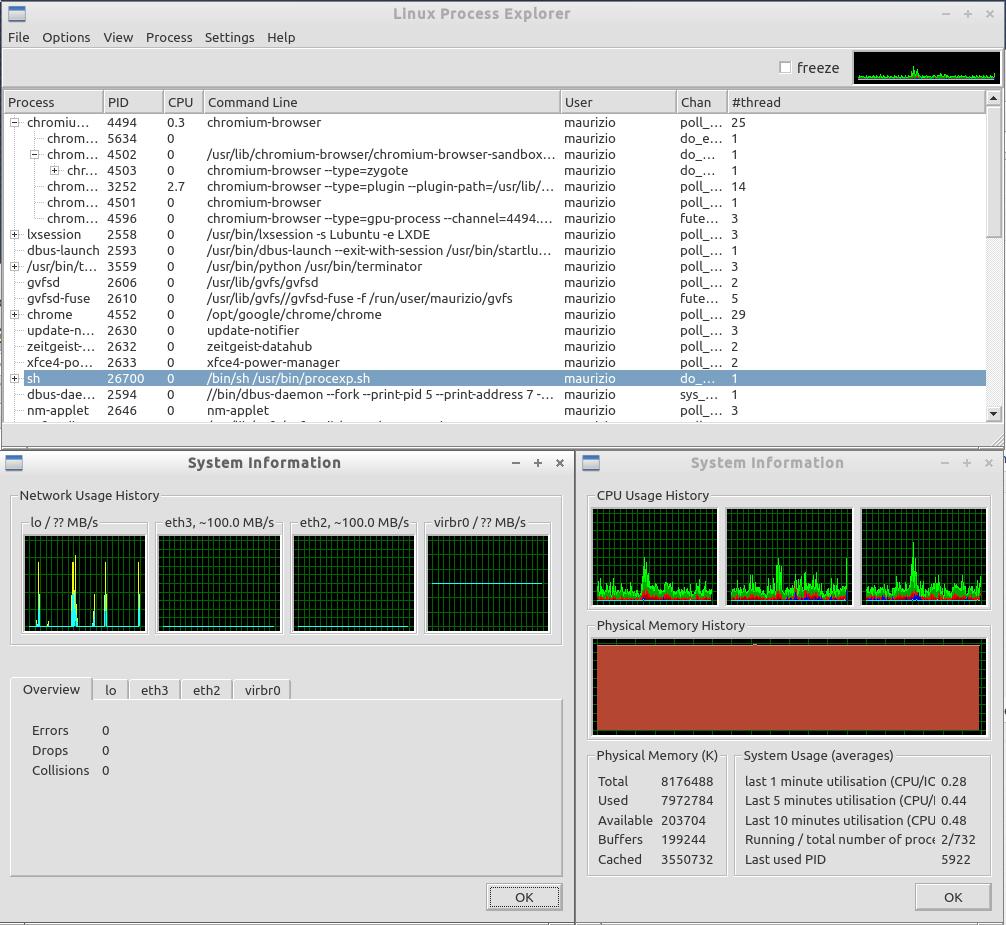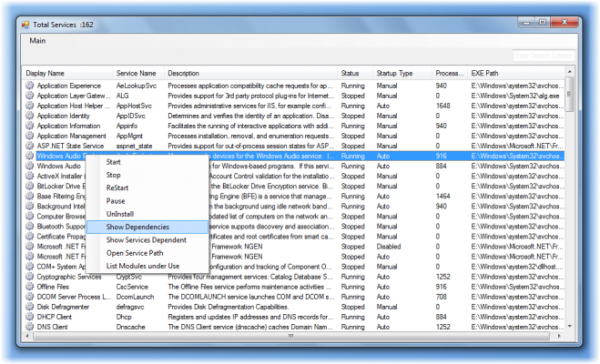

With this information it is now possible for us to analyse the log files, track down the origin of the file being printed, grab a copy (when EveryonePrint is setup for 'DebugKeepFiles) and perform debugging in our lab etc. Using Process Explorer to track a process using high-CPU here cpp.exe is using 30% + CPU and we can identifiy the file currently being printed.Using Process Explorer to identify EveryonePrint Web service in normal operation.

Setup Process Explorer View: Show Process Tree / Show Lower Pane -> Handles.Setup Process Explorer Options: Allow Only One Instance.Setup shortcut properties with /t (start minimized) and /e (start elevated) as show on screen-shot below.It generates a detailed list of the running processes and which porgrams they are associated with. You can create a shortcut to launch Process Explorer at startup: on Windows 2012, click Start and enter "shell:StartUp" Besides the obligatory, already mentioned Process Explorer, there is a free tool: ProcessScanner.Download Sysinternal Process Explorer from Microsoft site at.More in depth tracking of running processes and files handles is then necessary. In such occasion, log files may not be sufficient to track down the root cause of the issue. : This update to Sigcheck, a command-line utility for analyzing the digital signatures of executable images, fixes a bug that could cause it to crash when reporting the signing status of images that have invalid signatures.On some rare occasion people have reported an issue where CPU usage on the EveryonePrint server was reaching heights close to 100%. : This update to Process Explorer adds the ability to view the process token of protected processes, fixes a bug that causes a crash when viewing thread stacks on Windows XP, and fixes a bug that causes a crash when running on Windows PE. : This release of DebugView, a debug output monitoring utility, addresses a bug that could cause DebugView to blue screen on “checked build” (debug) versions of Windows. Besides obtaining min, max, and average values in 0.01ms resolution, you can also use PsPing to generate histograms of the results that are easy to import into spreadsheets. In addition to standard ICMP ping functionality, it can report the latency of connecting to TCP ports, the latency of TCP round-trip communication between systems, and the TCP bandwidth available to a connection between systems. : PsPing is a new Sysinternals PsTools command-line utility for measuring network performance. First published on TechNet on Oct 03, 2012


 0 kommentar(er)
0 kommentar(er)
